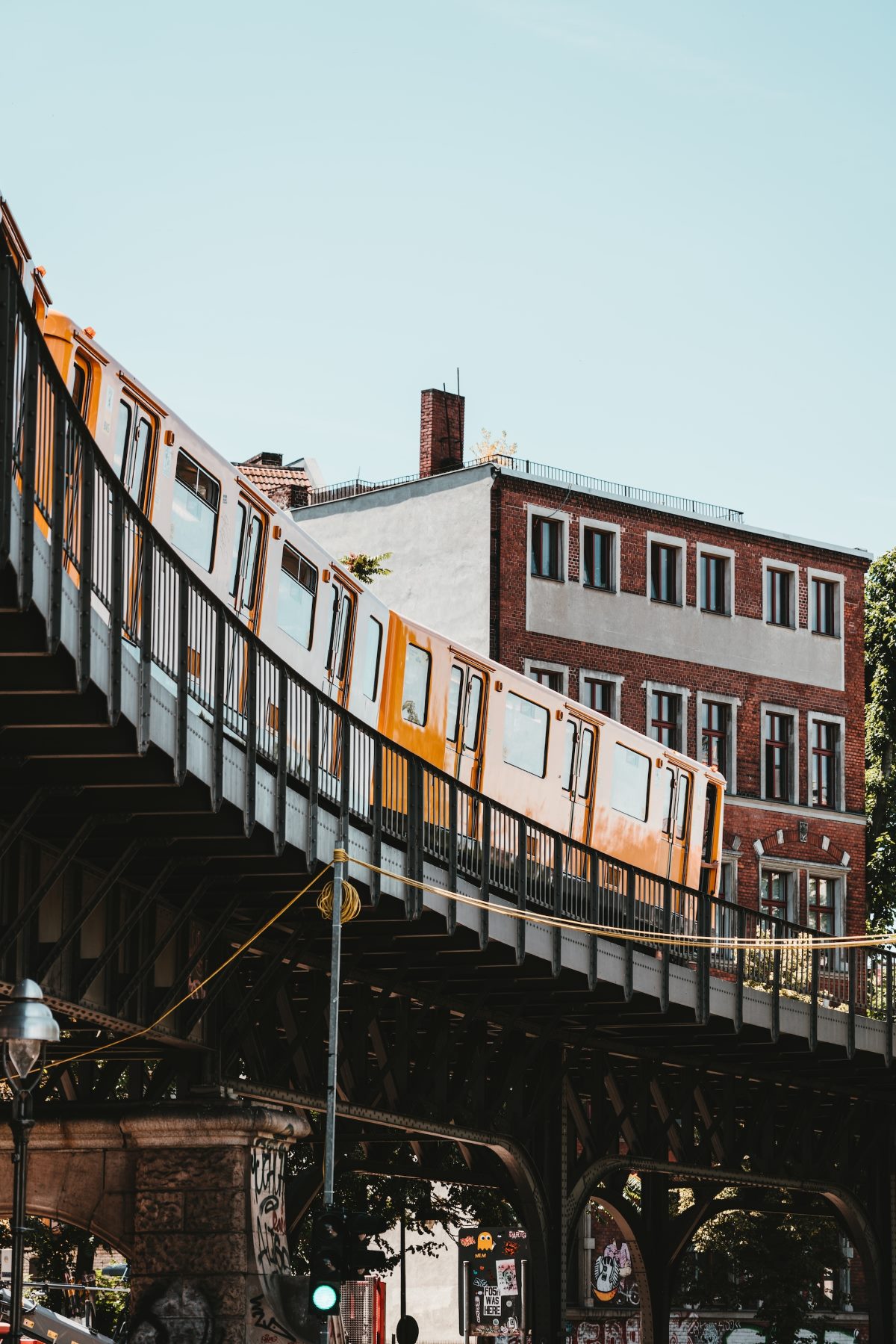Introduction
For over 28 years, the Berlin Wall stood as a symbol of the Cold War, separating East and West Berlin. While many are familiar with the stories from the eastern side, it’s equally important to understand what life was like for those living in West Berlin behind the Wall. This blog post delves into the unique experiences, triumphs, and challenges faced by the people living in this divided city.
The Geography of West Berlin
West Berlin was an island within East Germany, surrounded by the Berlin Wall and the hostile territory of the German Democratic Republic (GDR). The city was geographically disconnected from the rest of West Germany, making it an isolated enclave.
Freedom and Vibrancy
Despite the physical and political constraints, West Berlin offered its residents a vibrant and cosmopolitan lifestyle. It was a hub of cultural diversity, art, music, and fashion. The city became a center for counterculture and progressive ideas, attracting intellectuals, artists, and activists from around the world.
1. Cultural and Intellectual Hub
In West Berlin, you could immerse yourself in a thriving cultural scene. The city boasted numerous art galleries, theaters, and museums. Landmarks like the Berlin Philharmonic and the Berlin Zoo were cherished institutions. Intellectuals gathered in cafes and bookstores, engaging in discussions that challenged the status quo.
2. Nightlife and Entertainment
West Berlin’s nightlife was legendary. It was known for its vibrant club scene, where music genres like punk, new wave, and electronic music thrived. Iconic clubs such as Tresor, Dschungel, and SO36 became symbols of freedom and creativity. The city’s diverse entertainment options offered a sense of escape from the political realities of the Wall.
Wealth and Economic Disparity
Life in West Berlin wasn’t without its challenges. The stark contrast between East and West Berlin was visible in economic terms. While West Berlin benefited from a strong economy and financial support from the West German government, East Berlin struggled under a socialist regime.
1. Economic Prosperity
West Berlin enjoyed a robust economy, with access to global markets. It became a center for commerce, trade fairs, and international business. The West German government provided subsidies to attract businesses to the isolated city, leading to job opportunities and wealth creation.
2. Economic Disparities
However, the economic prosperity of West Berlin stood in stark contrast to the limited opportunities in East Berlin. The stark economic divide was visible in the infrastructure, quality of goods, and availability of consumer products. This disparity fueled tensions between the two sides of the Wall.
Maintenance of Normalcy
Living in the shadow of the Wall was undoubtedly challenging. However, the people of West Berlin found ways to maintain a sense of normalcy and build strong communities.
1. Self-Sufficiency
West Berliners had to be resourceful due to the city’s isolation. They developed a self-sufficient mentality, relying on local industries for goods and services that couldn’t easily be accessed from the East. This helped foster a strong sense of community and resilience.
2. Cross-Border Relationships
Despite the physical divide, West Berliners maintained connections with their families and friends in East Berlin. Regular visits and correspondence provided emotional support and a reminder of the shared identity of a divided city.
Conclusion
Life in West Berlin behind the Wall was both challenging and vibrant. The city’s unique geography, cultural richness, economic disparities, and a strong sense of community defined the experiences of its residents. While the Wall may have physically divided the city, the spirit of West Berliners persevered, leaving a lasting impact on history.

